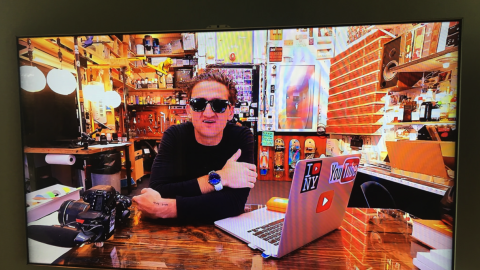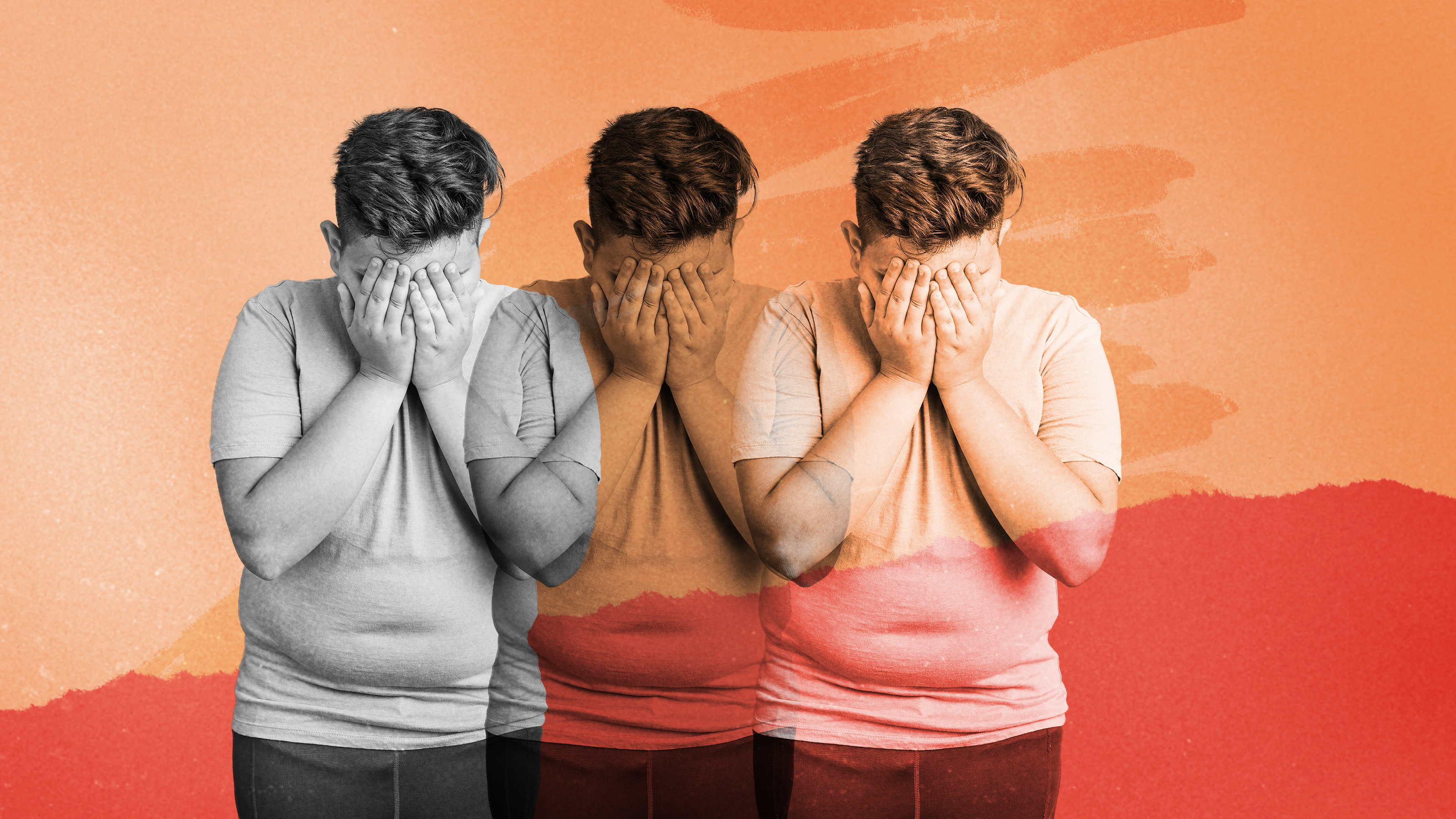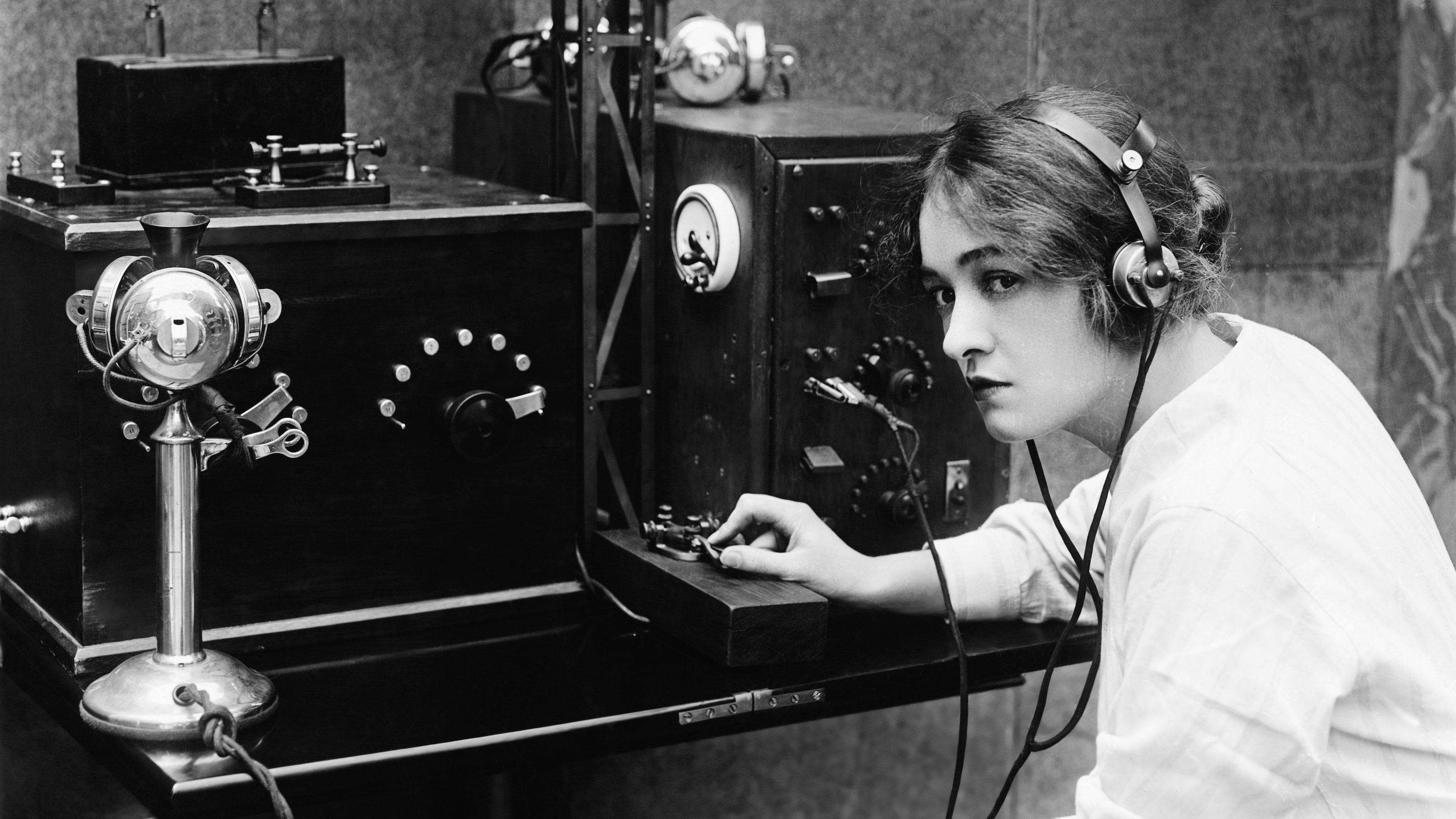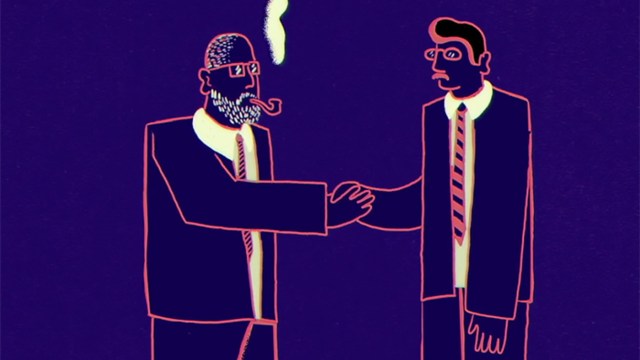New study finds vloggers and viewers share emotions

Casey Neistat/Youtube
- A new study finds that what you watch can influence how you feel and that how you feel influences what you watch.
- Strangely, it seems to be the first study to investigate these notions as they relate to online videos.
- The findings are in line with previous studies of other text-based social media platforms.
It has often been said that “like attracts like” or that “birds of a feather flock together.” As with many old proverbs, there is a grain of truth to the idea that science eventually got around to confirming. The tendency for people to be drawn toward and associate with others similar to them, a tendency called homophily, has been shown to exist in networks, social groups, and organizations.
A new study also finds that we apply this thinking to what videos we watch online.
You are what you watch
In the study, published in Social Psychological and Personality Science, researchers from Tilburg University in the Netherlands examined 2,000 video blogs, also known as vlogs, on YouTube and examined how they influenced the emotions of their viewers and if they attracted viewers who already shared the emotions of the presenter.
They did this by diving into the comments section, which is usually a bad idea. The team then examined the relationship between the words the vlogger used in their video with the emotional terms used by the viewers. The useful comments were then categorized as either being immediate emotional reactions, where the emotion expressed was prompted by the video, or expressing a sustained emotional state which the viewer had before they started watching the video.
As was expected, the team found evidence that there is both a sustained and immediate emotional response to the video content. That is, people were made cheerful by watching a vlogger be cheerful, and people who tended to be angry were drawn towards videos featuring people who were similarly angry.
The study is the first to use video to explore homophily and contagion, the tendency to have similar emotions to others as a result of their emotional expressions. It demonstrates that, despite our increasing use of different types of media and invention of new ways to connect to one another, our emotional responses are still the same as ever.
Lead author Hannes Rosenbusch explained the findings this way:
“Our research is a reminder that the people we encounter online influence our everyday emotions – being exposed to happy (or angry) people can make us more happy (or angry) ourselves.” He added, “Our social life might move more and more to the online sphere, but our emotions and the way we behave towards one another will always be steered by basic psychological processes.”
How can I use this information?
The findings show that videos can affect our emotional states in the same way that interacting with other people does.
Knowing that you are drawn towards people and videos that are already similar to you, ask yourself, would you be happier if you watched something different just for once? Knowing that our emotions can be directly influenced by seeing somebody else express their feelings, should you try watching something cheerful for a bit?
The idea that “like attracts like” or that the emotions of others can impact us are hardly new concepts. However, the findings of this study show for the first time that video blogs work as well as people when it comes to gaining our attention and changing our mood. While this may not mean much in the long run, I for one am going to watch a few videos of happy people for a few minutes.





